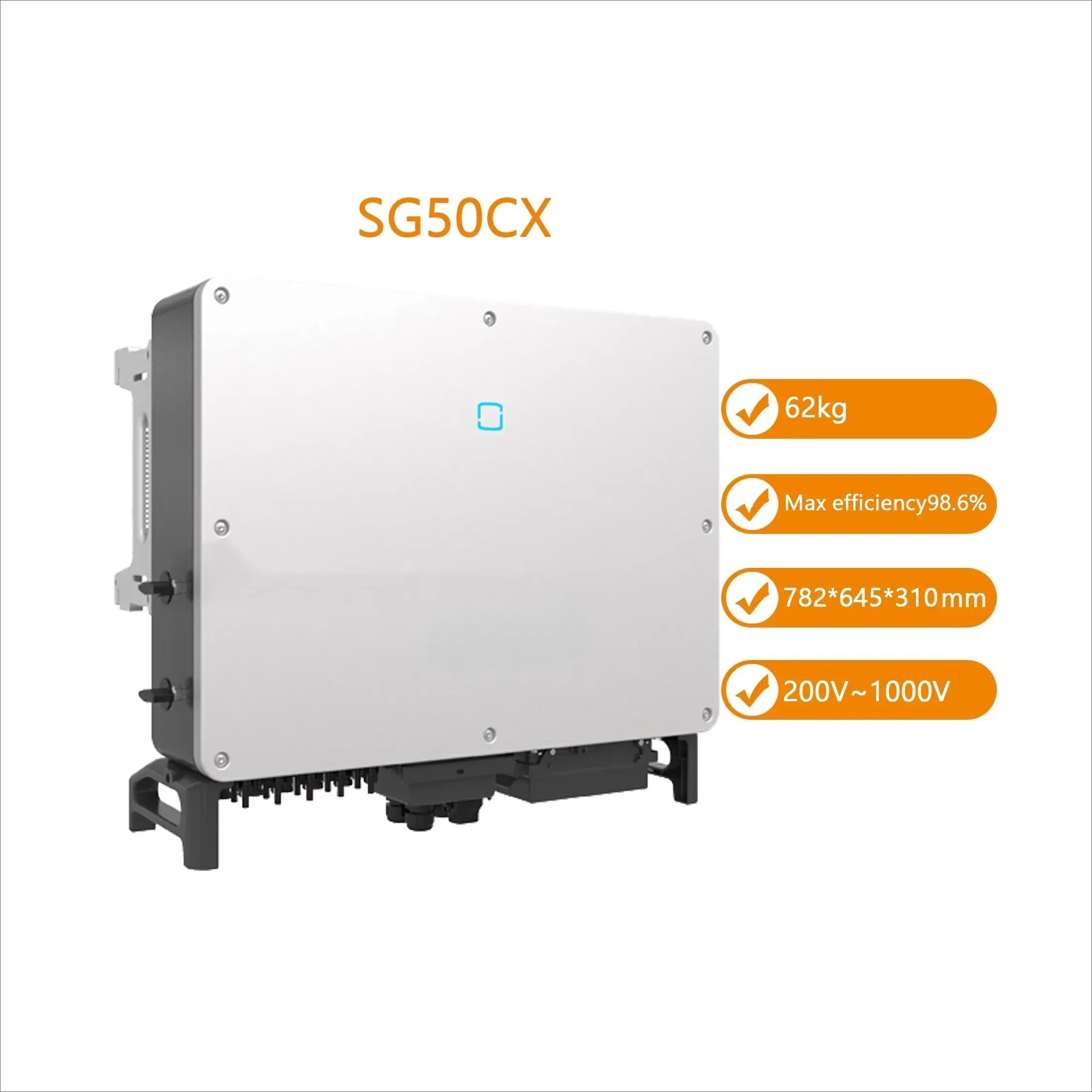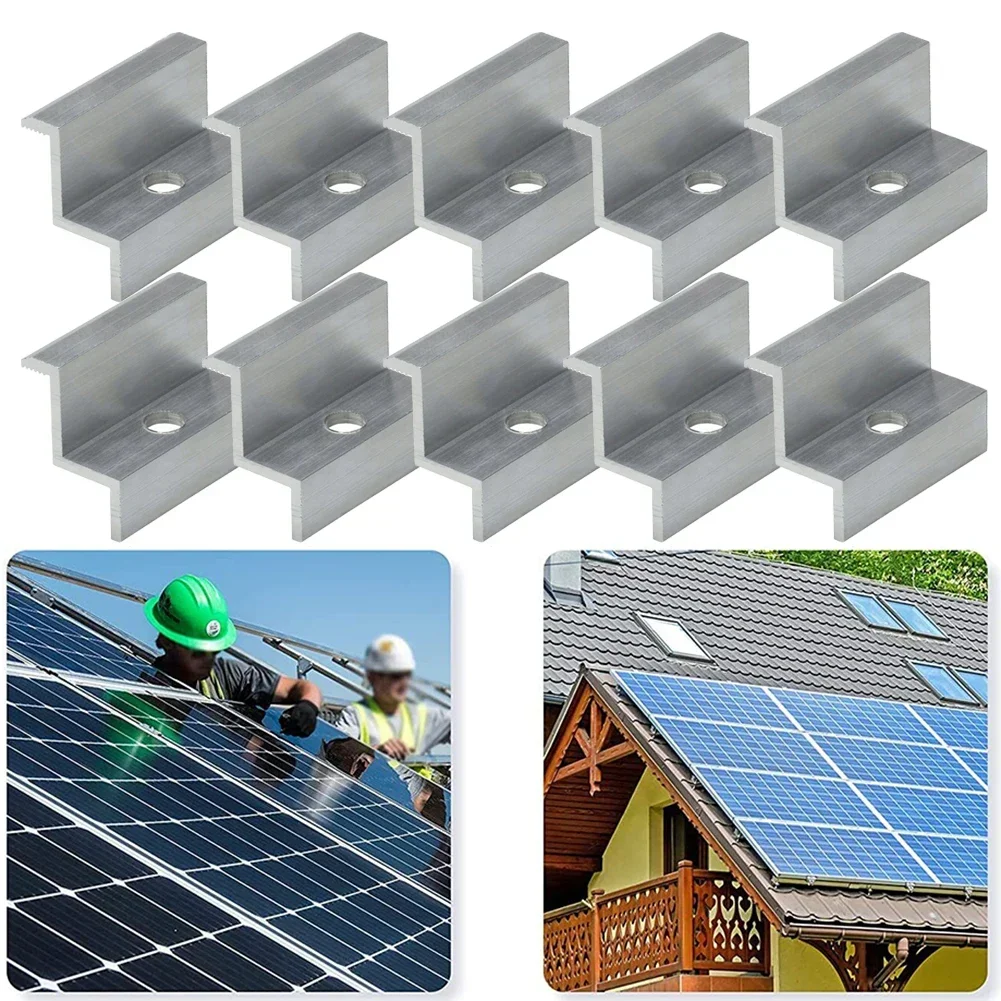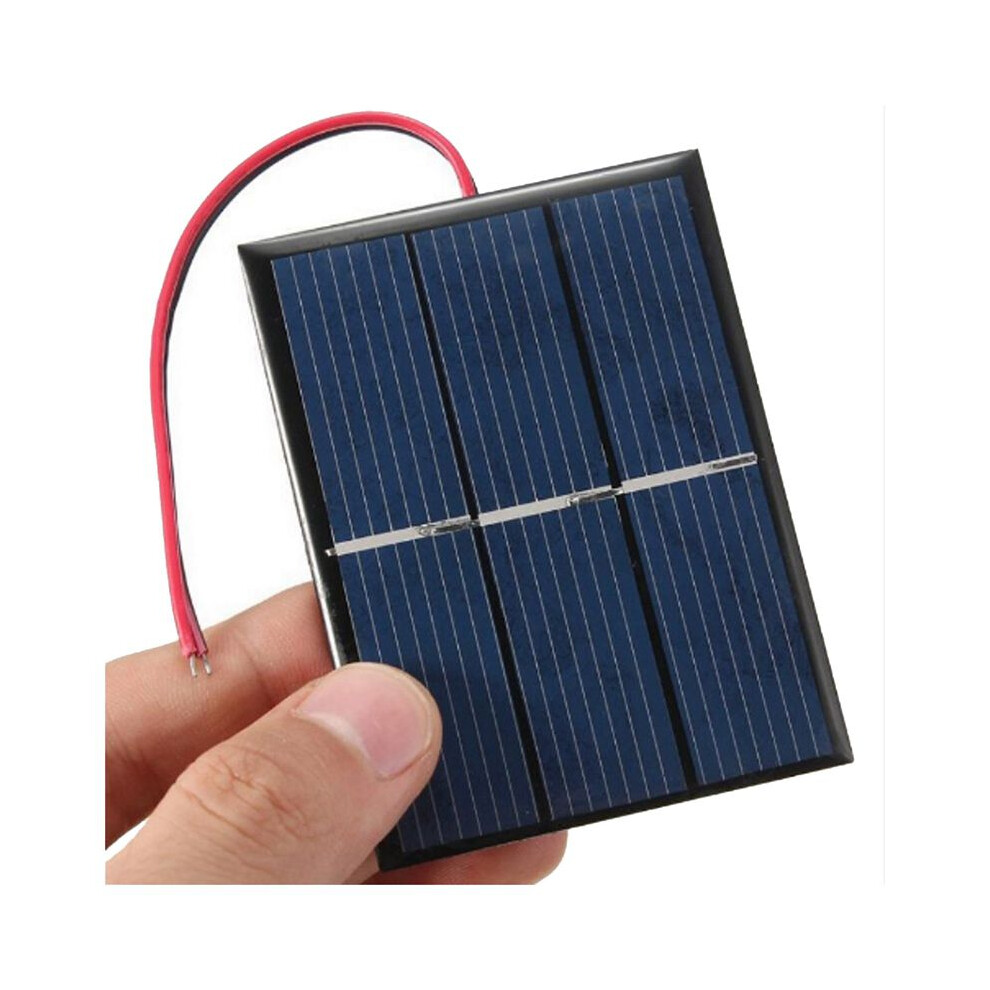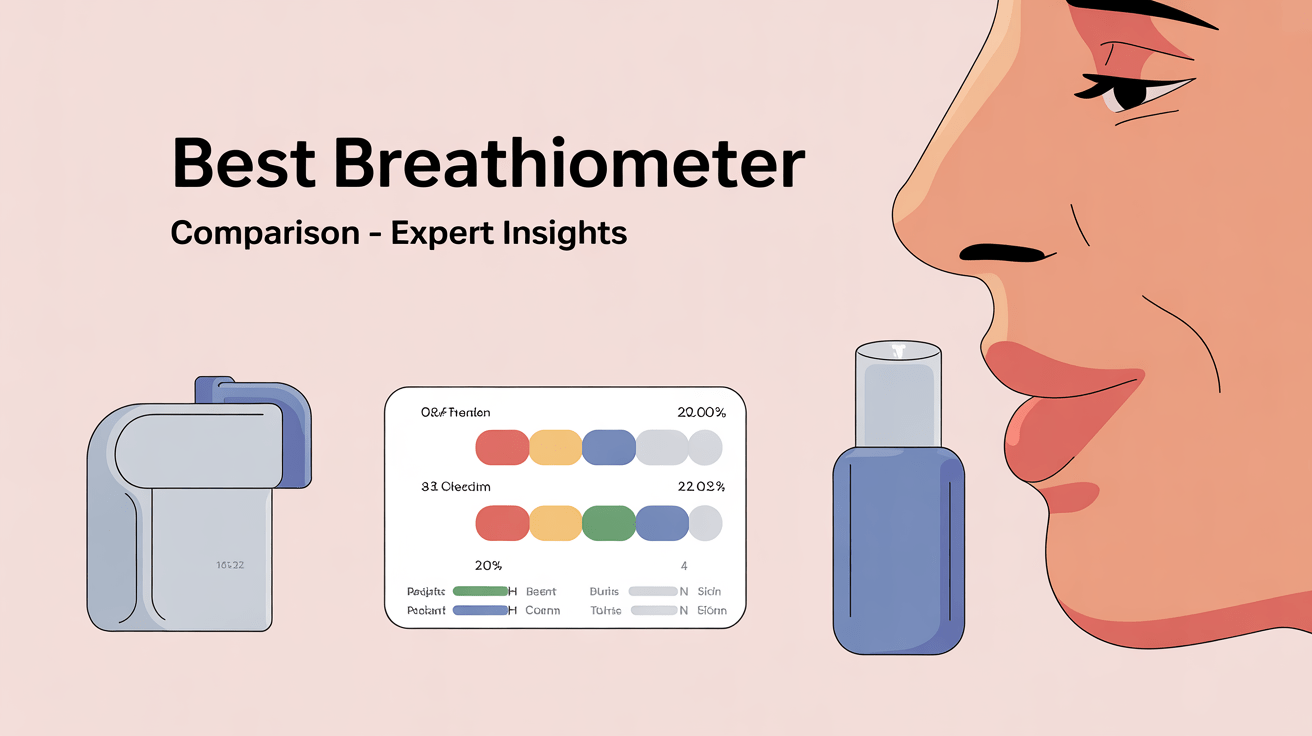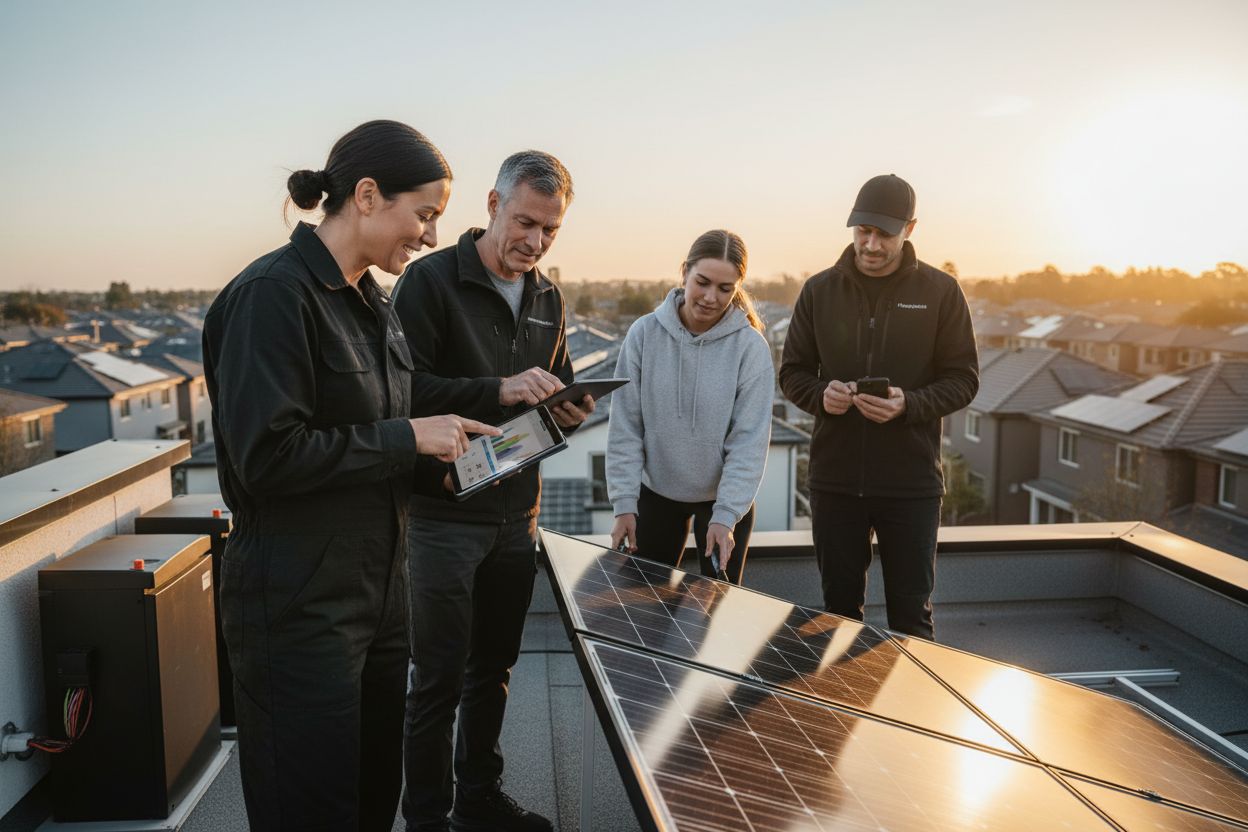

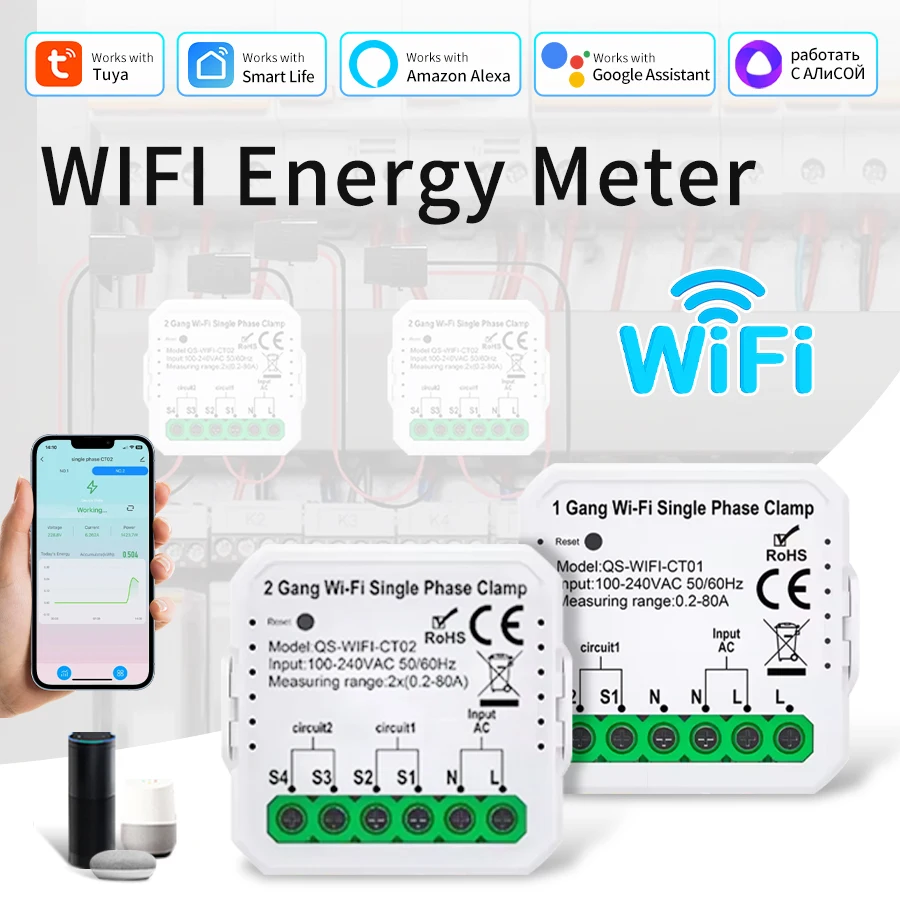

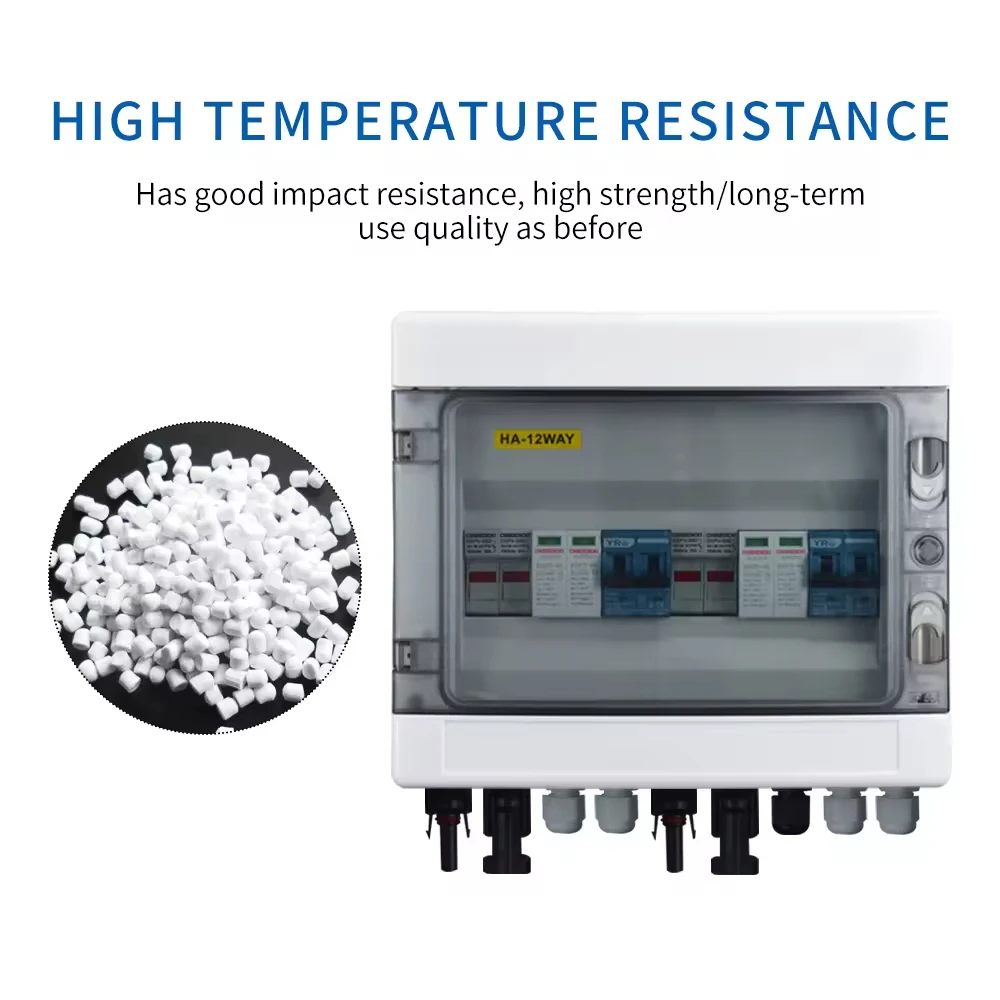
Solar energy is more than just a trend. It has become a practical powerhouse for families and businesses, with modern solar panels now converting up to 25 percent of sunlight into electricity. Most people think solar is only worth it in sunny states, or that panels are out of reach if you do not own a huge roof. That idea misses the mark. Solar investments are now shaped by smart incentives and new technology that can work even for smaller homes—sometimes in places you might not expect.
Table of Contents
- Understand Solar Energy Basics
- Evaluate Your Energy Needs
- Research Local Solar Incentives
- Choose the Right Solar System
- Optimize Your Solar Panel Placement
- Monitor Your Solar Energy Production
- Maintain Your Solar Panels Effectively
- Stay Updated on Solar Technology Trends
Quick Summary
| Takeaway | Explanation |
|---|---|
| Understand solar energy fundamentals. | Learn how photovoltaic panels convert sunlight into usable electricity using semiconductor materials for informed investment decisions. |
| Evaluate your energy consumption accurately. | Analyze past utility bills and monitor appliances to better size your solar installation for current and future needs. |
| Research available solar incentives. | Explore federal, state, and local incentives to significantly reduce the initial costs of solar investments and enhance affordability. |
| Carefully select the right solar system. | Choose the best type of solar panels and system configuration based on energy needs, budget, and available space for maximum efficiency. |
| Optimize panel placement for performance. | Position panels to avoid shade and align them south in the Northern Hemisphere to enhance energy capture and output. |
1: Understand Solar Energy Basics
Solar energy represents a transformative power solution for homeowners and businesses seeking sustainable electricity generation. As renewable technology advances, understanding the fundamental principles becomes crucial for making informed decisions about solar investments.
At its core, solar energy harnesses sunlight and converts it into electrical power through photovoltaic panels. These panels utilize semiconductor materials like silicon to generate electricity when sunlight strikes their surface. The process, known as the photovoltaic effect, allows direct conversion of solar radiation into usable electrical current.
Key concepts to grasp about solar energy include:
- Photovoltaic panels transform sunlight into electricity
- Solar systems can be grid-connected or operate independently
- Energy production varies based on geographic location and panel orientation
According to National Renewable Energy Laboratory, solar technology efficiency has dramatically improved over recent years. Modern solar panels can convert approximately 15-22% of captured sunlight into electricity, with some advanced models reaching nearly 25% efficiency.
Understanding solar energy also involves recognizing different system types. Residential installations typically use rooftop panels, while commercial setups might incorporate ground-mounted arrays or integrate solar technology into building designs. Each configuration offers unique advantages depending on spatial constraints and energy requirements.
Consumers should also recognize that solar energy systems represent long-term investments. While initial installation costs can be significant, technological improvements and government incentives are making solar increasingly accessible. Analyzing your specific energy needs, roof orientation, and local solar potential will help determine the most suitable approach for transitioning to solar power.
By comprehending these fundamental solar energy principles, you position yourself to make strategic decisions about renewable energy adoption in 2025 and beyond.
2: Evaluate Your Energy Needs
Effective solar energy adoption starts with a comprehensive understanding of your specific energy consumption patterns. Accurately assessing your electricity requirements is the foundation for designing an optimal solar power system.
Begin by analyzing your historical electricity bills to determine average monthly and annual energy consumption. Most residential consumers can find this information directly on their utility statements, which typically provide kilowatt-hour (kWh) usage data over the past 12 months.
According to U.S. Energy Information Administration, the average American household consumes approximately 893 kWh per month. However, this figure varies significantly based on factors like:
- Geographic location and climate conditions
- Home size and insulation quality
- Number of electrical appliances and their energy efficiency
- Seasonal variations in energy consumption
Smart energy monitoring tools can provide real-time insights into your electricity usage. These devices track individual appliance consumption, helping you identify potential energy-saving opportunities and more accurately size your solar installation.
Consider your future energy needs as well. Upcoming life changes such as electric vehicle purchases, home expansions, or the addition of energy-intensive appliances can impact your solar system design. Projection is key to avoiding undersized solar installations.
Additional factors to evaluate include:
- Peak energy consumption hours
- Potential for energy storage solutions
- Compatibility with existing electrical infrastructure
Professional energy audits can provide detailed, personalized assessments of your energy consumption. These comprehensive evaluations help pinpoint exact solar system specifications tailored to your unique requirements, ensuring maximum efficiency and return on investment.
By meticulously evaluating your energy needs, you create a solid foundation for a solar power strategy that meets both your current and anticipated electricity demands.
3: Research Local Solar Incentives
Solar incentives can dramatically reduce the financial barriers to renewable energy adoption, transforming an expensive investment into an accessible opportunity. Understanding the complex landscape of federal, state, and local solar incentives requires strategic research and proactive planning.
The federal government continues to support solar transitions through significant tax credits. The Investment Tax Credit provides substantial financial relief for solar installations, allowing homeowners to deduct a percentage of their solar system costs directly from federal tax obligations.
According to Database of State Incentives for Renewables & Efficiency, solar incentive programs vary dramatically across different regions. Key incentive types include:
- Property tax exemptions for solar installations
- Performance-based rebates
- Grants for renewable energy projects
- Low-interest financing options
State-level programs often complement federal incentives, creating multilayered financial benefits. Some states offer additional tax credits, while others provide direct cash rebates or facilitate net metering arrangements that allow excess energy to be sold back to the electrical grid.
Local utility companies frequently develop their own solar incentive programs. These utility-specific initiatives can include cash rebates, expedited permitting processes, and credits for solar energy generation. Researching these localized programs requires direct communication with your regional electrical provider.
Important considerations for solar incentive research include:
- Checking incentive eligibility requirements
- Understanding application deadlines
- Verifying documentation needed for claims
- Tracking potential changes in incentive structures
Tax professionals and solar installation consultants can provide specialized guidance in navigating these complex incentive landscapes. Their expertise helps maximize potential financial benefits and ensures compliance with evolving regulatory requirements.
By thoroughly investigating available solar incentives, you can significantly reduce initial investment costs and accelerate your transition to sustainable energy solutions.
4: Choose the Right Solar System
Selecting the appropriate solar system requires careful consideration of multiple technical and practical factors. The solar market offers diverse solutions tailored to different energy needs, architectural constraints, and financial capabilities.
Photovoltaic panel technology has significantly evolved, presenting consumers with multiple configuration options. Monocrystalline, polycrystalline, and thin-film panels each offer unique performance characteristics that impact overall system efficiency and installation requirements.
According to National Renewable Energy Laboratory, solar panel selection depends on several critical parameters:
- Available roof or ground space
- Local climate conditions
- Energy consumption patterns
- Budget constraints
- Aesthetic preferences
System types range from grid-connected installations to completely independent off-grid configurations. Grid-connected systems allow energy exchange with local utility networks, providing flexibility and potential cost savings through net metering arrangements.
Key considerations for solar system selection include:
- Panel efficiency ratings
- Warranty coverage
- Manufacturer reputation
- Installation complexity
- Long-term maintenance requirements
Most residential solar installations utilize fixed-mount panels, though advanced tracking systems can increase energy generation by dynamically adjusting panel orientation throughout the day. Tracking systems typically increase electricity production by 25-35% compared to stationary installations, though they also introduce additional mechanical complexity and cost.
Consumers should prioritize systems offering optimal performance warranties, typically 25-30 years for premium manufacturers. Professional solar consultants can provide personalized recommendations based on detailed site assessments, helping match system specifications with individual energy requirements.
By thoroughly evaluating technical specifications, performance metrics, and long-term cost implications, you can select a solar system that delivers reliable, efficient renewable energy for decades.
5: Optimize Your Solar Panel Placement
Solar panel placement represents a critical factor in maximizing energy generation and overall system performance. Strategic positioning can significantly enhance electricity production, transforming an average installation into a highly efficient renewable energy solution.
Geographic orientation plays a fundamental role in solar panel effectiveness. In the Northern Hemisphere, panels should ideally face south to capture maximum sunlight exposure, allowing for optimal energy capture throughout the day.
According to Solar Energy Industries Association, several key factors influence ideal panel positioning:
- Roof angle and structural integrity
- Local climate and shading conditions
- Geographic latitude
- Seasonal sun path variations
Avoiding shade is crucial for maintaining consistent solar energy production. Even partial shading from trees, chimneys, or neighboring buildings can dramatically reduce panel efficiency. Comprehensive site assessments help identify and mitigate potential shading challenges.
Panel tilt angle represents another critical optimization parameter. The recommended tilt generally corresponds to your specific latitude, though adjustable mounting systems allow dynamic angle modifications to maximize seasonal energy generation.
Important considerations for solar panel placement include:
- Minimizing obstructions
- Ensuring proper ventilation
- Maintaining accessible maintenance pathways
- Complying with local building regulations
Advanced technologies like microinverters and power optimizers can help mitigate performance losses from suboptimal placement. These systems allow individual panel performance management, reducing the impact of localized shading or positioning challenges.
Professional solar designers utilize sophisticated modeling software to simulate potential energy generation based on precise panel placement. These tools help homeowners and installers make data-driven decisions about panel positioning, ensuring maximum return on solar investments.
By carefully analyzing site-specific characteristics and leveraging professional expertise, you can optimize solar panel placement to achieve superior energy generation performance.
6: Monitor Your Solar Energy Production
Effective solar energy management requires consistent and detailed performance tracking. Modern monitoring technologies provide real-time insights into system efficiency, enabling proactive maintenance and optimization of your renewable energy investment.
Digital monitoring platforms have revolutionized solar energy tracking, offering comprehensive visibility into daily, monthly, and annual energy production. These sophisticated systems transform raw data into actionable intelligence about your solar system’s performance.
According to National Renewable Energy Laboratory, comprehensive monitoring helps identify potential issues before they significantly impact energy generation:
- Detect panel performance degradation
- Track real-time energy production
- Compare expected versus actual output
- Identify maintenance requirements
Smart monitoring solutions now integrate smartphone applications and web interfaces, allowing homeowners to track energy production from anywhere. These platforms provide granular insights, including instantaneous power generation, cumulative energy output, and potential system inefficiencies.
Key monitoring considerations include:
- Selecting compatible monitoring systems
- Understanding data interpretation
- Setting performance baseline expectations
- Establishing regular review schedules
Advanced monitoring technologies can detect even minor performance variations, such as individual panel underperformance or potential equipment malfunctions. Some systems utilize machine learning algorithms to predict potential maintenance needs, reducing long-term operational costs.
Financial tracking represents another critical aspect of solar energy monitoring. By correlating energy production with utility billing, homeowners can precisely calculate return on investment and identify opportunities for further energy optimization.
Professional solar consultants recommend implementing multi-layered monitoring approaches that combine hardware-level tracking with comprehensive data analysis. This strategy ensures maximum system reliability and sustained performance throughout the solar installation’s lifecycle.
7: Maintain Your Solar Panels Effectively
Solar panel maintenance represents a critical strategy for preserving long-term energy production and system reliability. Regular, strategic upkeep ensures optimal performance and protects your renewable energy investment against potential efficiency degradation.
Professional maintenance combines preventative care with periodic comprehensive inspections, addressing potential issues before they compromise overall system functionality. While solar panels are designed for durability, proactive management significantly extends their operational lifespan.
According to Solar Energy Industries Association, effective maintenance strategies should focus on several key areas:
- Regular visual system inspections
- Cleaning panel surfaces
- Checking electrical connections
- Monitoring mounting hardware integrity
- Assessing inverter performance
Environmental factors dramatically influence maintenance requirements. Regions with high dust, pollen, or industrial pollution demand more frequent cleaning interventions. Annual professional inspections help identify potential wear patterns, structural modifications, or performance limitations specific to your local conditions.
Important maintenance considerations include:
- Understanding manufacturer warranty conditions
- Tracking system performance metrics
- Scheduling professional evaluations
- Documenting maintenance activities
Cleaning techniques require careful approach. Soft brushes, water, and specialized solar panel cleaning solutions prevent surface scratching while removing accumulated debris. Avoid abrasive materials or high-pressure washing, which can potentially damage panel coatings or electrical components.
Technological advancements now include self-cleaning panel technologies and advanced monitoring systems that provide real-time performance diagnostics. These innovations help homeowners identify maintenance needs more precisely, reducing unnecessary interventions and optimizing system longevity.
By implementing a structured, proactive maintenance approach, you ensure your solar energy system continues delivering consistent, efficient performance throughout its operational lifecycle.
8: Stay Updated on Solar Technology Trends
Solar technology evolves rapidly, with breakthrough innovations continuously transforming renewable energy capabilities. Staying informed about emerging trends ensures you can leverage cutting-edge advancements that maximize energy efficiency and reduce overall system costs.
The solar industry experiences exponential technological progress, driven by substantial investments in research and development. Emerging technologies promise significant improvements in energy conversion efficiency, storage capabilities, and system integration.
According to International Energy Agency, key technological trends are reshaping solar energy landscapes:
- Increased panel efficiency rates
- Advanced energy storage solutions
- Smart grid integration technologies
- Artificial intelligence optimization systems
- Flexible and lightweight panel designs
Perovskite solar cell technology represents a particularly promising development, offering potential efficiency improvements and lower manufacturing costs compared to traditional silicon-based panels. These emerging technologies could revolutionize solar energy production in the coming years.
Important strategies for staying technologically informed include:
- Following renewable energy publications
- Attending industry conferences
- Connecting with solar technology professionals
- Subscribing to technology research newsletters
Digital platforms and professional networks now provide unprecedented access to real-time solar technology updates. Professional webinars, online courses, and specialized technology forums offer comprehensive insights into emerging solar innovations.
Government research institutions and private sector laboratories continue pushing technological boundaries. Breakthroughs in nanotechnology, machine learning, and advanced materials science are creating more sophisticated, efficient solar energy solutions.
By maintaining an active interest in solar technology trends, you position yourself to make informed decisions that capitalize on the most advanced renewable energy solutions available in 2025 and beyond.
Below is a comprehensive table summarizing the 8 essential solar energy tips for 2025, highlighting the main focus, key actions, and core benefits from the article.
| Tip | Main Focus | Key Actions/Considerations | Benefits/Outcomes |
|---|---|---|---|
| Understand Solar Energy Basics | Learn core principles and technology | Know how photovoltaic panels work and system types | Make informed investment decisions |
| Evaluate Your Energy Needs | Analyze current and future electricity use | Review utility bills, monitor appliances, consider new devices | Properly size your solar system, maximize ROI |
| Research Local Solar Incentives | Explore financial support options | Research federal, state, and local incentives, meet eligibility, track deadlines | Lower upfront costs, enhance affordability |
| Choose the Right Solar System | Select panels and system type | Compare panel types (mono, poly, thin-film), assess space, climate, budget | Optimal efficiency and compatibility |
| Optimize Your Solar Panel Placement | Maximize performance via installation | Position panels south (in Northern Hemisphere), avoid shade, consider tilt and local climate | Boost electricity generation and efficiency |
| Monitor Your Solar Energy Production | Track and analyze system performance | Use digital monitoring tools, interpret data, set review schedules | Proactive issue detection and system optimization |
| Maintain Your Solar Panels Effectively | Keep panels in top condition | Perform inspections, clean properly, check connections, schedule professional maintenance | Ensure longevity and consistent power output |
| Stay Updated on Solar Technology Trends | Follow emerging industry developments | Engage with tech news, attend events, connect with pros, use research publications | Leverage advanced, efficient solutions for 2025 |
Transform Your Solar Journey With Trusted Guidance From HTEXS
Are you looking to boost your solar energy savings or confused by the maze of panel choices, incentives, and new trends? If this sounds like you, you are not alone. Many people face challenges understanding core terms such as photovoltaic efficiency, correct system sizing, and how detailed monitoring really impacts performance. When you are facing critical investment decisions on solar technology for your home or business, you deserve advice you can trust. For step-by-step help, explore our wide range of Tips And Techniques that breaks down complex topics into simple and actionable tips.

Discover how to plan and upgrade your solar power strategy with clarity and confidence. Visit HTEXS now to stay on top of emerging innovations, unbiased product reviews, and expert how-to guides designed for your needs this year. Do not wait — unlock solutions that put you ahead of tomorrow’s challenges and make smarter solar choices today.
Frequently Asked Questions
What is solar energy and how does it work?
Solar energy is a renewable resource that harnesses sunlight using photovoltaic panels to convert it into electricity. These panels utilize semiconductor materials, converting sunlight through the photovoltaic effect, allowing for usable electrical power generation.
How do I determine my household’s energy needs for solar installation?
To assess your energy needs, review historical electricity bills to find average monthly and annual kWh consumption. Also, consider future energy demands due to electric vehicles, home expansions, or new appliances to ensure your solar system design meets current and projected usage.
What types of solar panels are available, and which one is suitable for me?
Common types of solar panels include monocrystalline, polycrystalline, and thin-film panels, each with distinct performance characteristics. Selection depends on factors like available space, local climate, energy needs, and budget constraints.
How can I maintain my solar panels for optimal performance?
Regular maintenance should include visual inspections, cleaning panel surfaces of debris, checking electrical connections, and monitoring inverter performance. Professional evaluations and appropriate cleaning techniques can help preserve efficiency and extend the life of your solar installation.
Recommended
- How Much Do Solar Panels Save in 2025 – htexs.com
- Tips And Techniques – htexs.com
- Perovskite Solar Cells 2025: Breakthrough Tech Unveiled
- Solar Backpack: Your Ultimate Hiking Companion for Uninterrupted Adventures! – htexs.com
- 7 Smart Tips for Choosing Energy Efficient Window Treatments
- Importancia del protector solar: cuidado y belleza natural en 2025

